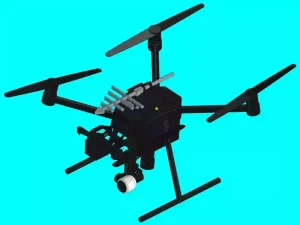
Function and Design of Drone Antennas
The drone antenna is a multifunctional component that facilitates video transmission, remote control, GPS reception, data transfer, FPV experience, signal range extension, and signal quality enhancement. Its importance in ensuring

How to identify the electronic component side of a PCBA?
In single-sided board designs, only one side features copper foil traces (i.e., the solder side), with electronic components placed exclusively on the opposite side (i.e., the component side). In double-sided

Bridging Issues in PCBA Processing and Countermeasures
Bridging is one of the common defects in PCBA processing, particularly during the SMT placement process. The occurrence of bridging issues often severely impacts product quality and reliability. Bridging can

Key Process Considerations in PCB Board Manufacturing
In the field of pcb board manufacturing, the precision and stability of processes directly impact product quality and performance. From substrate pre-treatment to the lamination and forming of multilayer boards,
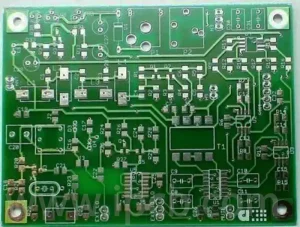
Causes of PCB blistering and preventive/remedial measures
PCB blistering refers to localised swelling or bulging occurring within or on the surface of printed circuit boards (PCBs) during production or use. This phenomenon typically manifests as separation between
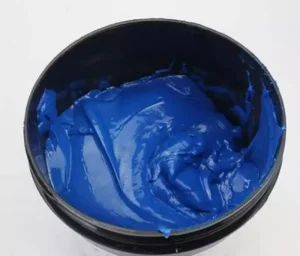
Challenges and Solutions in the Application of Blue Glue for PCBs
PCB blue glue is a blue viscous adhesive classified as a peelable solder resist material. Applied to PCB surfaces via screen printing or foil printing, it cures to form a
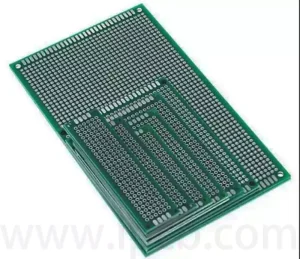
Practical Guide to Breadboard Circuit Design
A breadboard is a reusable platform for building and testing electronic circuits without soldering. It consists of a grid of interconnected holes that allow for quick insertion and rearrangement of

Comparison of PCB circuit boards and FPCBs
Within the physical infrastructure of electronic circuits, PCB circuit boards and FPCBs (flexible printed circuit boards) stand as the two core types supporting electronic components. Leveraging their distinct material properties
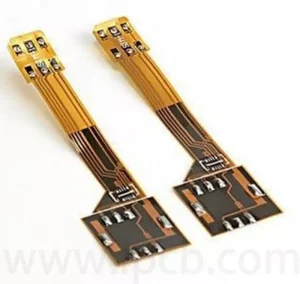
What is a flexible LED PCB?
What is a flexible LED PCB? A flexible LED PCB is a circuit board that can be bent and twisted without damage. Its flexibility stems from the use of flexible
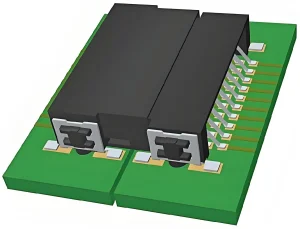
PCB Socket Drive Electronic Systems: Reliability and High Performance
Definition and Importance of PCB Sockets In modern electronics manufacturing, with the increasing complexity and modularity of equipment functions, the flexibility and reliability of circuit connections have become key design
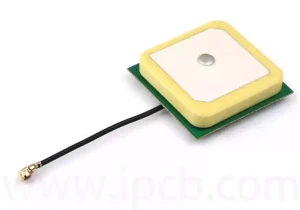
The Difference Between Ceramic Antennas and Ordinary Antennas
In modern wireless communication systems, antennas serve as the “bridge” connecting electromagnetic waves with electronic devices, their performance directly determining signal transmission efficiency and stability. With technological evolution, ceramic antennas
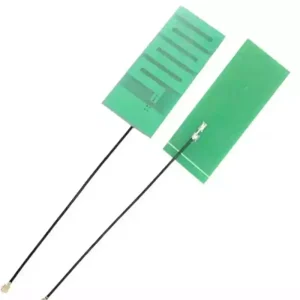
Key Considerations in Ceramic Antenna GPS Design
Ceramic antennas are not conventional ‘ceramic products’ but rather miniature antennas formed by integrating metal conductors (such as silver or copper) with ceramic dielectric materials through precision manufacturing processes. Their
Advantages of Onboard Antennas in Modern Vehicles
Onboard antennas are built directly into the vehicle’s electronics system. Unlike traditional external antennas that protrude from the vehicle, onboard antennas are seamlessly integrated within the vehicle’s design. This integration

PCB Onboard Antenna Design
Onboard antenna refer to antennas directly integrated onto a printed circuit board (PCB). Compared to traditional external antennas, they offer advantages such as compact size, low cost, and manufacturing flexibility.
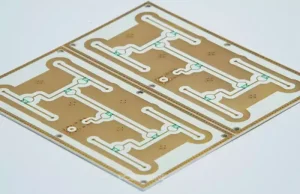
Why choose ceramic circuit boards?
Ceramic circuit boards utilise ceramic as the substrate material, upon which metallic circuits are constructed and conductive vias formed. Ceramics encompass a diverse range of materials, with commonly employed types
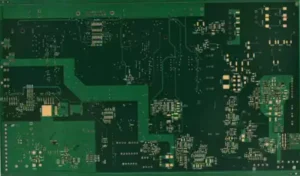
8-layer PCB Stackup and Applications
An 8-layer pcb features one circuit layer on each of the top and bottom surfaces, with six intermediate ground and power planes. This structure enhances the board’s stability and reliability

PCB Laminate Structure and Via Process
The PCB laminate structure primarily comprises three key base materials: copper foil, prepreg (semi-cured sheet), and core board (also known as substrate). Taking a common 8-layer PCB laminate structure as
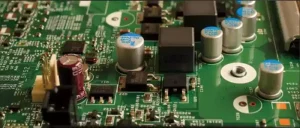
Differences between MLCC and SLCC Ceramic Capacitors
Within the field of electronic components, ceramic capacitors occupy a significant position, with multilayer ceramic capacitor (MLCC) and single-layer ceramic capacitors (SLCC) being two common and widely applied types. Although

Complete Process for Multilayer Ceramic Capacitor
Multilayer ceramic capacitor (MLCC) is constructed by stacking extremely thin ceramic dielectric layers with electrodes (typically nickel) printed upon them in an offset arrangement. Composition of multilayer ceramic capacitor:Ceramic dielectric:
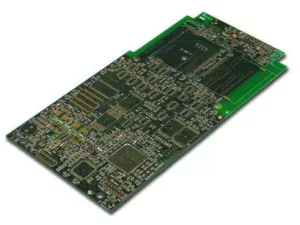
Characteristics and Manufacturing Challenges of High-Layer Printed Circuit Boards
High-layer printed circuit boards typically refer to boards exceeding four layers. Compared to traditional double-layer boards, they enable more complex circuit designs by embedding multiple conductive layers internally. For instance,
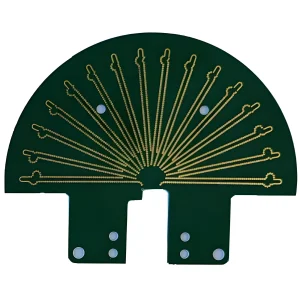
Rogers 5880 PCB Innovation in High-Performance Electronics Manufacturing
Rogers 5880 PCB Introduction and Material Properties Rogers 5880 PCB is a highly regarded specialty circuit board material for high-frequency and high-speed electronic designs. It belongs to Rogers’ family of
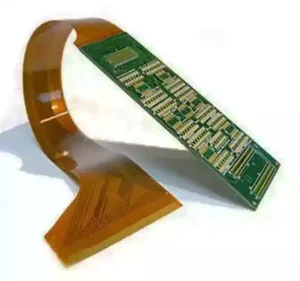
Surface Treatment Process for Flexible Printed Circuits
In electronic manufacturing, flexible printed circuits are widely utilised, with HASL being a common PCB surface finishing process. So, is HASL suitable for flexible circuit boards? HASL, standing for Hot
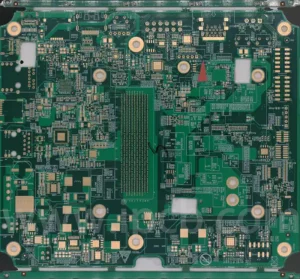
Treatment of Copper Foil and Copper Leakage on Circuit Boards
The copper layer on a circuit board serves as a conductive foil, primarily functioning to interconnect electronic components. These components are typically connected to one another or to power circuits
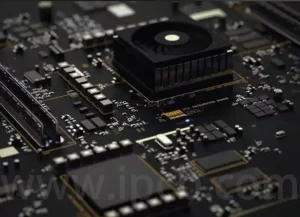
Factors Contributing to Copper Shedding in PCB Circuit Boards and Remedial Measures
During PCB circuit boards manufacturing, copper peeling represents a relatively common issue that significantly impacts product quality. This phenomenon refers to the separation of copper foil from the substrate on